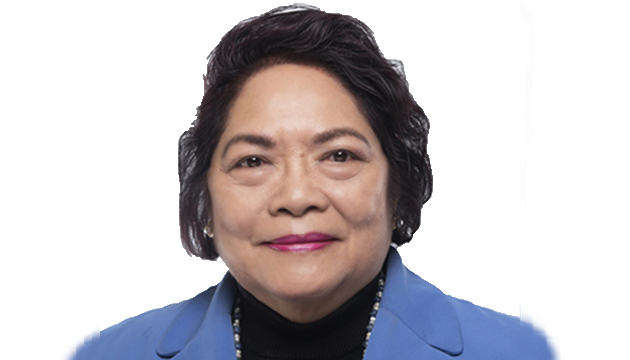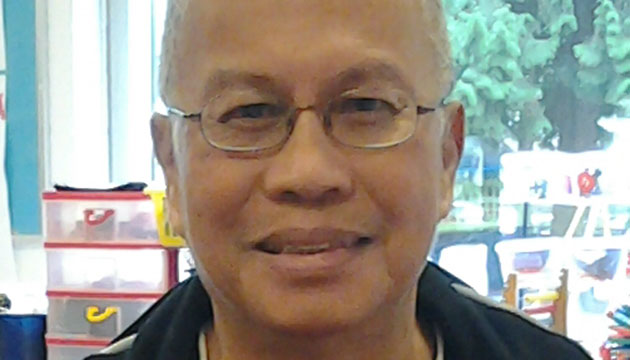Education is an important asset immigrants bring. It’s a ticket to success in Canada.
However, it’s a different story for a number of newcomers from the Philippines. Packing along a university diploma doesn’t guarantee anything. Entry into the professions can be a big challenge. Getting their credentials recognized isn’t easy. To survive, they work in low-tier jobs that don’t pay much.
As a result, they suffer from an economic disadvantage. It’s a problem that has far reaching effects. It extends into the educational outcomes of their children. It contributes to a “paradox” described in a paper published in the Canadian Journal of Sociology in 2009.
“The paradox is that the parents of these youth are among the most educated of all immigrant parents yet the children do not exceed their parents’ educational levels as other Asian youth do,” according to the authors of ‘Ethnic Differences in Educational Attainment among the Children of Canadian Immigrants’.
Teresa Abada, assistant professor at the University of Western Ontario’s department of sociology, and Feng Hou and Bali Ram, both senior researchers with Statistics Canada, looked at a sample of 15 visible minority and European groups in their study.
The results were startling. Visible minority youth in general did better than Europeans. Among Asians, East Asian comprised of Koreans and Japanese came on top with 69 percent completing university. They’re followed by the Chinese, 59 percent; South Asians, 57 percent; and West Asians or Arabs, 52 percent. For Filipino youth, the university completion rate is only 38 percent.
“Most groups achieve upward mobility across generations in the sense that the second generation has achieved much higher educational levels than their fathers while Blacks and Filipinos are the only groups that do not exceed their fathers’ levels of education,” the authors noted.
This should be a cause for grave concern.
Filipinos leave their homeland for a number of reasons. The prospect of a better and more peaceful life in Canada is one of the biggest draws. A common theme among newcomers with families is that they want to give their children a brighter future.
It’s disheartening that many second generation Filipinos are attaining less in education. It impacts their chances in the highly competitive labour market. It limits the achievement of what their parents had dreamed for them.
There are also discrepancies in the recognition of credentials among immigrants.
A 2007 study by René Houle and Lahouaria Yssad, both with Statistics Canada, shone a light on this issue. Their paper indicates that immigrants from the Philippines have the second lowest probability of receiving recognition for their foreign credentials, with South Koreans faring the poorest.
According to the paper, newcomers from the U.S. and the U.K. get the best deal. Americans and British had the highest probability of receiving recognition for their credentials at 57 percent and 54 percent, respectively. Those from the Philippines had a probability rate of 18 percent.
The Canadian government has taken steps to make it easier to navigate through the country’s complex system of foreign credential recognition.
In 2007, the Foreign Credentials Referral Office was created. The FCRO has the mandate to help internationally trained individuals with information and services on how their credentials will be assessed and recognized. The agency is also tasked to guide and monitor pre-arrival services for incoming immigrants.
Still, the Canadian system is quite a formidable maze of overlapping jurisdictions. The federal government is in charge of immigration policies, while provincial and territorial governments are responsible for the licensing of professions and trades.
According to the FCRO, there are close to 500 regulatory bodies for 55 professions and 50 trades across the country.
A good place to start refining the Canadian system is Australia. Like Canada, Australia is a federation.
But what sets apart Australia is the way it deals with would-be permanent residents. One feature of the Australian system is credential assessment before immigration. People are assessed for their qualifications and skills before they can apply for immigration. This ensures that selected immigrants are able to rapidly integrate in the economy.
Australia also has a mutual-recognition policy among its different states. This means that once an immigrant’s credentials are recognized in one jurisdiction, these are deemed accepted in other parts of the country as well.
In a 2014 paper, Philip Kelly emphasized that immigrant deprofessionalization affects not only the first generation. In ‘Understanding Intergenerational Social Mobility: Filipino Youth in Canada’, the York University professor of geography noted that this also results in the “unrealized potential of the next generation”.
“This implies the need for us to intensify our efforts to assess professional competencies fairly in regulated professions, to make skills upgrading available and accessible across a range of fields and to convince employers to recognize international credentials,” Kelly wrote.
Canada will rely on immigrants in ever-increasing numbers to sustain its economic growth. It can do a lot more to make sure that everyone gets a fair chance to share in this prosperity.
By the CFNet Editorial Board
Contact us at:










